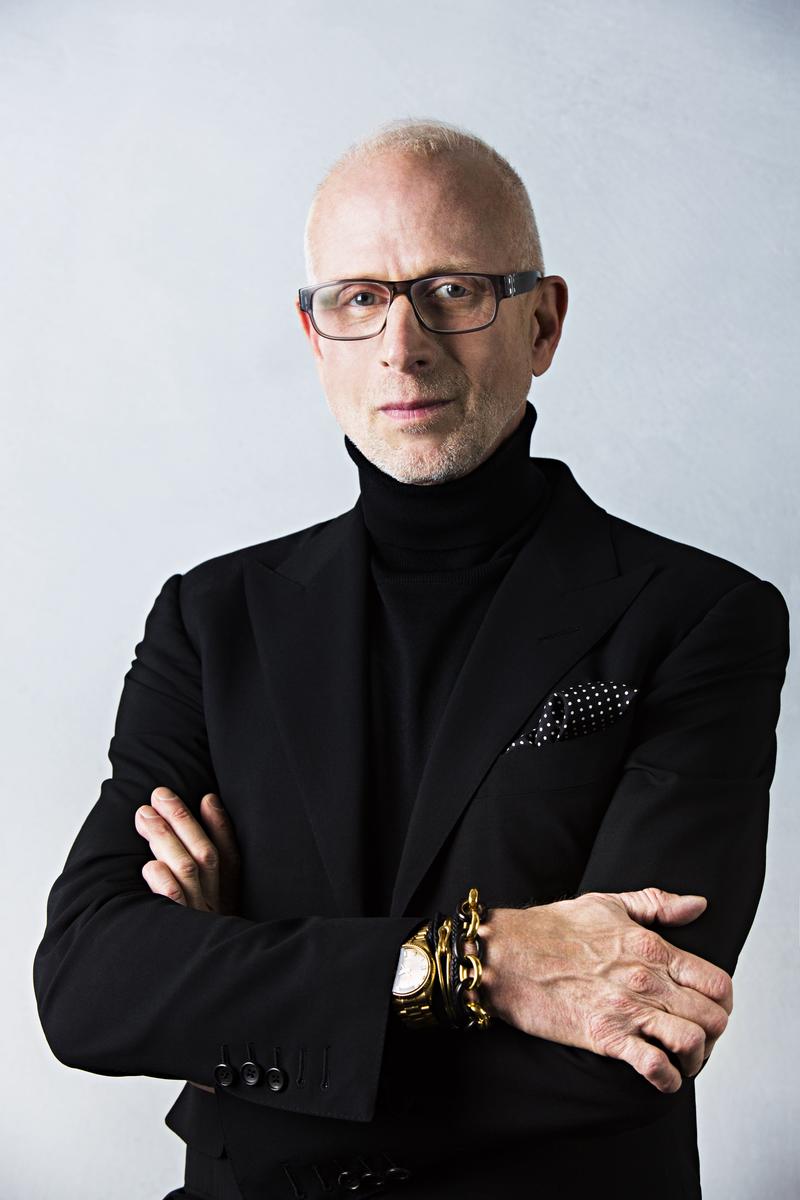In 2015 Jamie Drake did what most prestigious designers never do: He added a name to the door. Caleb Anderson, who started as an intern for Drake in 2008, merged his firm with Drake's, and the venerable firm became Drake/Anderson. It was part of a move to “keep it vital, keep it energetic and do that in a way that was less stressful on myself, or at least to share the pain,” Drake tells Dennis Scully on the latest episode of the Business of Home podcast, sponsored by Universal Furniture. If adding to his firm to keep it strong sounds like a designer who’s shoring up his legacy, think again. “Legacy, shmegacy!” Drake exclaims. “There’s scant few people who are remembered.”

True, but Drake may well be one of the few. After graduating from Parsons in 1978, the young designer fell right into two plum gigs designing apartments at 800 Fifth Avenue (at the time, newlyweds Donald and Ivana Trump were settling into the building). It was an auspicious beginning to an auspicious career, though Drake’s early days weren’t without their complications—one of his first jobs, apparently, was for the wife of an ex-lover.
With his characteristic chardonnay-dry wit, Drake looks back on notable chapters of his career, including the New York design scene era when Angelo Donghia reigned supreme and smocked lampshades were all the rage. Drake discusses his good fortune with affluent clients, including Michael Bloomberg, who hired him after a 20-minute chat—sans portfolio. “I guess he figured: Worst-case scenario, we’ll fire him like we fired the one before,” says Drake with a laugh.
He also shares insight into his process, including what really makes for couture design (hint: it’s not just saying the word couture); why telling the client no is essential, not just recommended; and why designers should avoid haggling with clients at all costs. “We don’t sell discounts,” he says. “We sell expertise, time, efficiency, talent, vision.”
However rich his past, Drake’s eyes are very much on the future, including upcoming projects for current clients, charity work and a new collection for Theodore Alexander. The latter, a hit in Asia, ties into his growing interest in China, which he sees as the next big market for designers. To that end, he shares the one thing every dining room table designed for Chinese consumers needs—but you’ll have to listen to find out what it is.



























